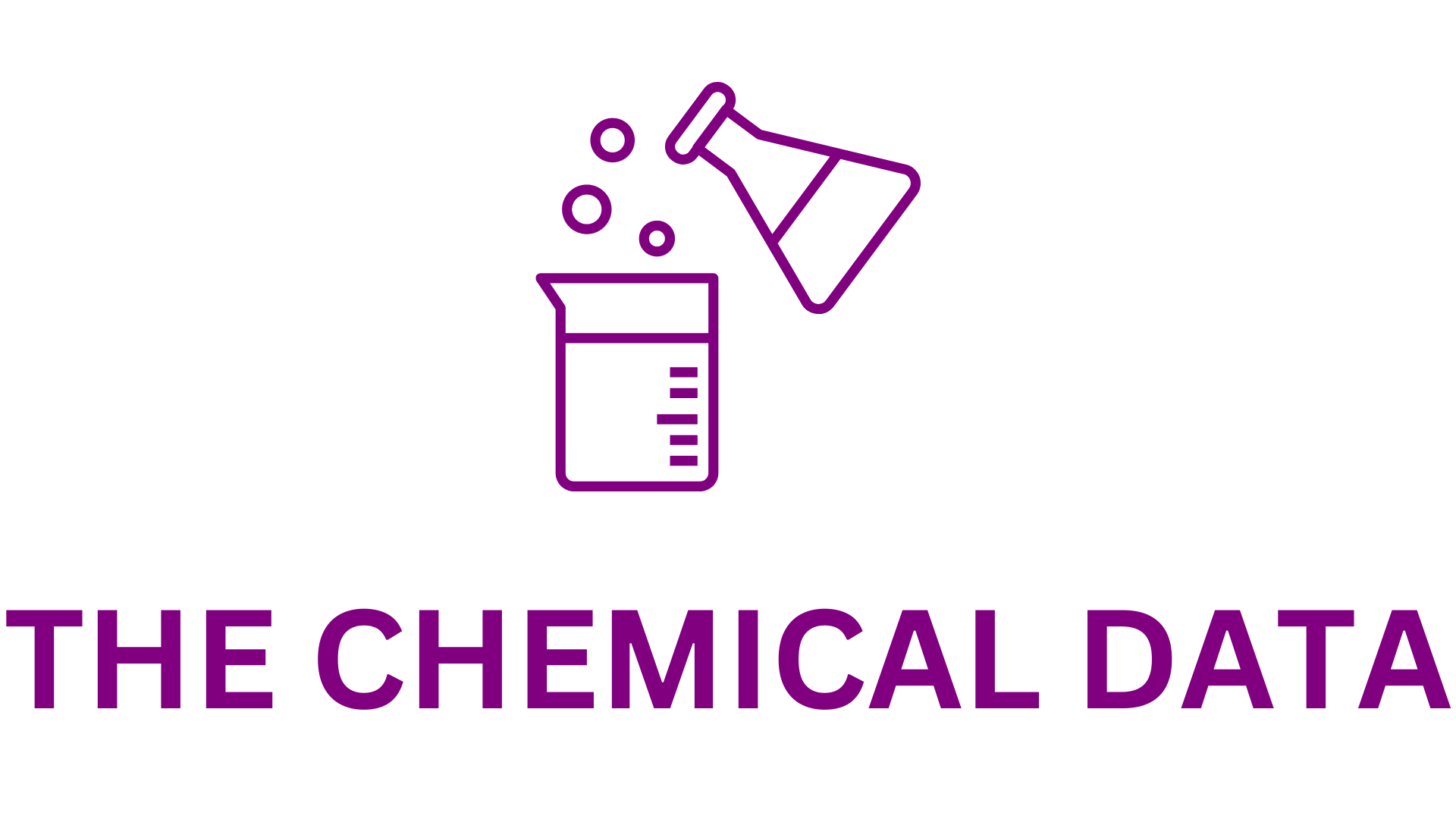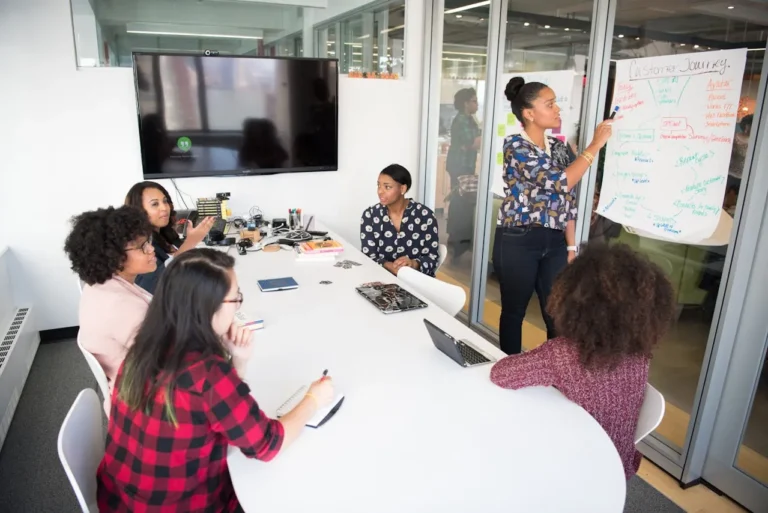
Merck and Boltz Redefine AI Innovation in Protein Structure Prediction Through Global Hackathon
In a landmark collaboration blending open science, artificial intelligence, and molecular biology, Merck, a leading science and technology company, joined forces with the Boltz team to host the M-Boltz Hackathon — a groundbreaking global event that is already being hailed as a new benchmark for AI-driven innovation in protein folding and drug development.
Held as a hybrid event across Darmstadt, Germany — Merck’s global headquarters — and Cambridge, Massachusetts, U.S., home to the Massachusetts Institute of Technology (MIT), the hackathon connected more than a hundred participants worldwide. The initiative brought together researchers, developers, and innovators united by a shared goal: to push the boundaries of computational biology through collaborative, open-source AI development.
Boltz: An Open-Source Revolution in Structural Biology
At the center of this collaboration is Boltz, an open-source artificial intelligence model designed to predict protein structures and binding affinities within a single unified framework. By integrating physics-based modeling with deep learning, Boltz has emerged as one of the most versatile and accessible tools in structural biology.
In an industry dominated by proprietary solutions, Boltz stands out for its transparency and accessibility. Its open-source nature means researchers across academia, biotech startups, and large pharmaceutical companies can leverage it without licensing restrictions, promoting democratized access to state-of-the-art AI for molecular modeling.
“Boltz is fast, accurate, and open to all,” said Philipp Harbach, Global Head of Group Digital Innovation at Merck. “Our goal is to ensure that cutting-edge tools in protein science are not confined to elite labs but made available to students, academics, and industry experts alike.”
Boltz’s open architecture enables rapid iteration and improvement. Each contribution from the global scientific community strengthens the model’s capabilities, reinforcing a culture of collaborative discovery that complements — rather than competes with — proprietary innovation.
Merck’s Strategic Commitment to Open Innovation
For Merck, the M-Boltz Hackathon was not merely an event — it was a statement of intent. As Harbach emphasized, Merck’s involvement in Boltz is deeply strategic.
We are more than a participant at this hackathon – we’re co-innovators,” Harbach explained. “Our scientists have already made significant contributions to Boltz’s development. Through the M-Boltz Hackathon, we’re uniting global experts to take the model and its workflows to the next level. This is a symbiotic relationship between open-source development and Merck’s proprietary technologies.
Merck’s in-house protein engineering suite already integrates Boltz, leveraging it to accelerate the design and optimization of therapeutic proteins. Improvements made to Boltz during the hackathon have a direct impact on Merck’s internal R&D pipelines, demonstrating how open collaboration can feed back into commercial innovation.
Connecting Two Continents: A Truly Global Hackathon
The hybrid nature of the M-Boltz Hackathon bridged continents and time zones. The two main physical hubs — Merck’s headquarters in Darmstadt and the Stata Center at MIT in Cambridge — served as the epicenters of activity, each hosting around 50 participants. An additional 50+ participants joined virtually from across the world, contributing code, data, and ideas in real time.

This global, cross-disciplinary format fostered a rare environment of shared exploration. Experts in AI, computational chemistry, molecular biology, and data engineering collaborated intensively over several days, testing hypotheses, debugging models, and sharing results openly.
“It’s inspiring to witness researchers across sectors and continents working side-by-side on some of the most complex challenges in biomolecular science,” said Gabriele Corso, co-creator of Boltz. “The spirit of openness and collaboration at the hackathon is exactly what’s needed to accelerate discovery in this field.”
Tackling Three Grand Challenges
Participants faced three major challenges, each designed to push different aspects of Boltz’s performance and scalability:
- Antibody-Antigen Complex Prediction
Teams worked on improving Boltz’s ability to model how antibodies bind to specific antigens — a crucial capability for therapeutic antibody design. - Allosteric Small-Molecule Binder Modeling
Another group focused on predicting how small molecules bind at sites distinct from the active site (allosteric sites), a key mechanism in drug discovery for modulating protein function. - Computational Scalability of Boltz-2
The third challenge addressed performance optimization — scaling the Boltz-2 model to handle larger datasets and more complex simulations efficiently.
An independent evaluation of results was conducted using a confidential internal dataset provided by Merck, ensuring fairness and scientific rigor. Additional open-ended contributions were encouraged, ranging from code improvements to curated datasets for model training and validation.
Celebrating Excellence: The Winning Teams
The hackathon concluded with an awards ceremony at the 7th Molecular Machine Learning Conference (MoML 2025), held in Cambridge, Massachusetts. Three winning teams were announced, each demonstrating outstanding innovation and technical depth.
Allo/Ortho Challenge
- Winning Team: Philipp Uhl (University of Regensburg)
- Second Place: Rémi Cazelles
Antibody Challenge
- Winning Team: Erik Kubaczka (TU Darmstadt), Jan Krumbach (TU Darmstadt), Mushtaq Ali (Karlsruhe Institute of Technology), Alexander Betz (OmiScouts GmbH), Augustin Harter (TU Darmstadt)
- Second Place: Arunodhayan Sampathkumar (TU Chemnitz)
Compute Challenge
- Winning Team: Nele Quast (University of Oxford), Aaron Schöne, Niklas Abraham
Their projects achieved remarkable breakthroughs in:
- Antibody structure prediction accuracy
- Discovery of allosteric binders for complex proteins
- Model performance optimization for high-throughput computation
Technology Partners and Sponsors
The M-Boltz Hackathon was supported by several leading technology and cloud partners that played critical roles in enabling its success:
- Amazon Web Services (AWS) provided the underlying cloud infrastructure and access to Amazon SageMaker, enabling scalable model training and deployment across the two hubs and remote participants.
- NVIDIA contributed on-site mentors and sponsored prizes, while also supporting GPU-accelerated computing for deep learning workloads.
- Hugging Face, the AI and open-source powerhouse, sponsored prizes, maintained a transparent public leaderboard, and committed to supporting future collaboration through its community platform.
Together, these partnerships demonstrated how industry and open science can intersect, accelerating the translation of computational advances into practical biomedical applications.
Driving the Future of AI in Drug Discovery
The outcomes of the M-Boltz Hackathon go far beyond competition results. The event established a template for collaborative AI-driven research, blending the energy of a hackathon with the rigor of scientific inquiry.
For Merck, the initiative reinforces its position as a digital innovation leader in life sciences. By integrating AI-based protein prediction tools like Boltz into its internal research framework, Merck aims to shorten drug development timelines, reduce experimental costs, and improve predictive accuracy in early-stage discovery.
Moreover, Boltz’s open-source foundation ensures that advancements made in public view will continue to benefit the broader scientific community. This mutual reinforcement between open and proprietary innovation could redefine how pharmaceutical research is conducted — emphasizing transparency, reproducibility, and shared progress.
Looking Ahead: Collaboration as a Catalyst
The success of the M-Boltz Hackathon underscores a growing recognition across the scientific ecosystem: no single company or institution can solve the complexities of biology alone. Open, cross-disciplinary collaboration — especially when paired with the computational power of modern AI — is emerging as the most effective path forward.
By fostering a culture of shared discovery, Merck and Boltz have demonstrated how collaborative intelligence can accelerate breakthroughs that once took years or decades. From structural prediction to binding affinity modeling, the lessons from this hackathon will ripple through future research efforts.
The M-Boltz Hackathon was far more than a competition — it was a global experiment in open innovation that united scientists, engineers, and technologists in pursuit of a shared goal: advancing human health through AI.
By combining Merck’s deep expertise in pharmaceuticals with Boltz’s cutting-edge open-source technology, the event showcased the power of collaboration to transform drug discovery. As AI continues to revolutionize how scientists understand and manipulate protein structures, the legacy of this hackathon will be its enduring message — that the future of science is open, connected, and driven by collective intelligence.







